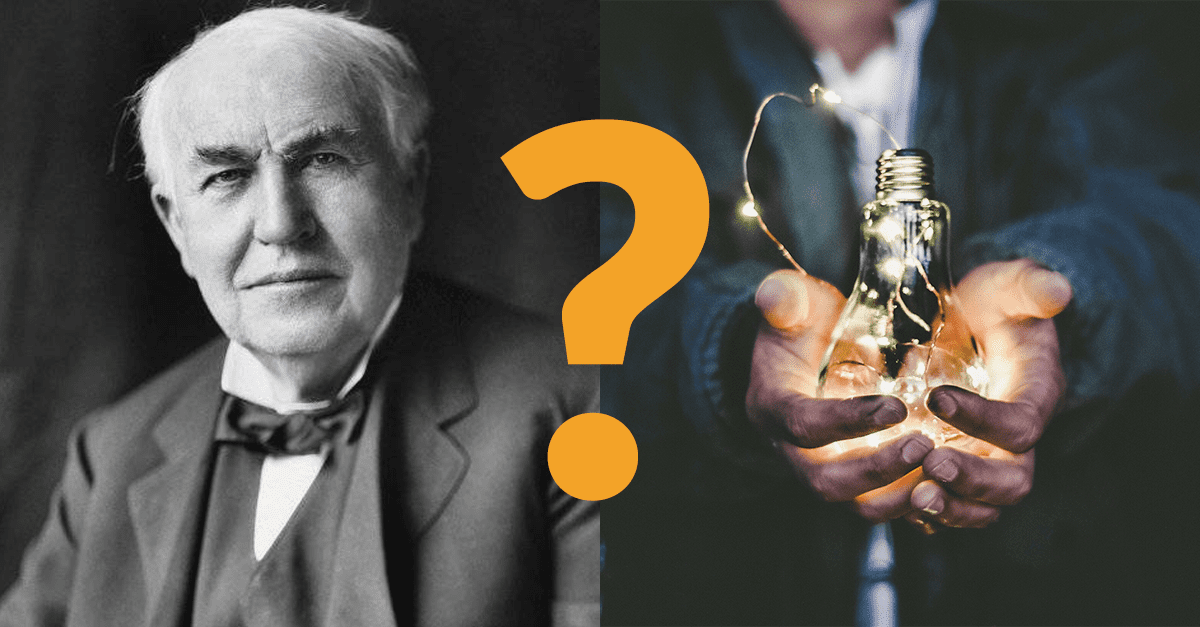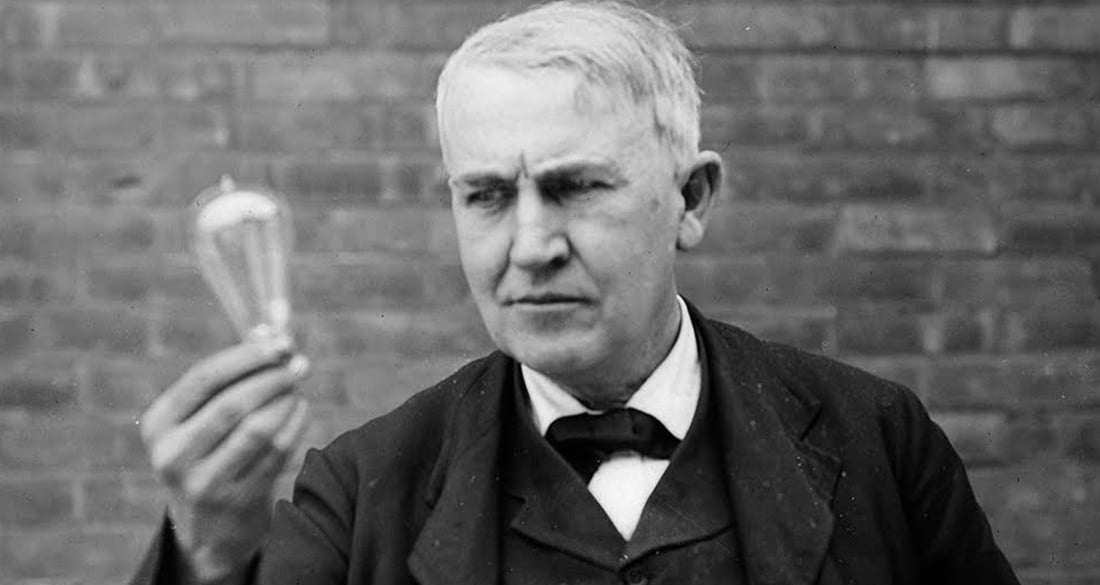Who Created The Light Bulb - It's one of the most important inventions that has revolutionized the way we live today. But who actually invented the light bulb? According to popular belief, Thomas Edison is credited with inventing the light bulb. However, the truth is, the quest to create an electrical light source had started way before Edison. Although Edison played a significant role in perfecting the technology, he certainly wasn't the first one to come up with the idea. Let's explore the history of the light bulb and the people who contributed to this breakthrough invention.
The Early Days
Primitive Efforts
The early history of the light bulb dates back to the early 1800s. Many inventors at that time were working towards creating an efficient and practical electric light source. However, the lack of adequate technology and the high cost of materials made it difficult to create a commercially-viable product. As a result, many of these attempts remained in the experimental stage and did not see practical application.

The Arc Lamp
Among the early pioneers in this field was Sir Humphry Davy, who created the first electric arc lamp in 1802. The arc lamp used two carbon rods, which were brought in contact with each other to create a spark. The spark illuminated the air between the rods, producing light. However, the arc lamp had several limitations. It consumed a lot of electricity, required frequent maintenance, and had a relatively short lifespan.

Enter Edison
The Incandescent Bulb
Fast forward to the 1870s, and we see an explosion in the development of electrical technology. It was at this time that Thomas Edison began experimenting with electric lights. Inspired by the work of previous inventors and improvements in electrical infrastructure, Edison aimed to create a long-lasting and practical incandescent bulb.

Innovations and Patents
Edison's laboratory in Menlo Park, New Jersey, became a hub for research in electrical technology. Here, Edison and his team worked on improving the incandescent bulb by experimenting with different materials, filaments, and designs. In 1879, Edison finally succeeded in creating a practical incandescent light bulb that could last for up to 40 hours. Edison filed a patent for his invention in the same year and began mass-producing the bulbs.

Other Contenders
Swan's Contribution
While Edison is undoubtedly the most well-known inventor associated with the light bulb, he was not alone in his efforts. One of his contemporaries, Joseph Swan, who was working independently in England, had also been experimenting with the incandescent bulb. In fact, Swan had obtained a patent for his filament-based bulb a year before Edison.

The Battle for Patents
In the early 1880s, Edison and Swan's companies joined forces to form Edison and Swan Electric Light Company. The collaboration was short-lived, however, as both inventors argued over who deserved credit for the invention. In the end, the patent dispute was settled, with both Edison and Swan being recognized as the inventors of the incandescent bulb.
The Future of Lighting
Modern Innovations
Over the years, lighting technology has continued to innovate, with new advancements in LED and smart lighting systems taking center stage. Modern LED bulbs are more energy-efficient, last longer, and are more environmentally friendly compared to traditional incandescent bulbs. Smart lighting systems, which allow users to control their lights through an app, have also gained popularity in recent years.
Practical Applications
The light bulb has proved to be an invaluable invention, transforming the way we live and work. From homes to streets, from indoor to outdoor spaces, lighting has played a vital role in the progress of humanity. Today, the light bulb is used in a variety of settings, including homes, businesses, hospitals, and public spaces.
Conclusion
So, who really invented the light bulb? As we have seen, the journey towards creating the electric light source was a collaborative effort with several inventors contributing to the technology. Although Edison is often credited with its invention, he was not alone in his efforts. The light bulb has come a long way since its primitive beginnings, and it continues to be one of the most important inventions of our time.
Tips for choosing the perfect light bulb
- Choose the right bulb type for your fixture, whether it is a standard, globe, or candle-shaped bulb
- Consider the bulb's brightness and color temperature to suit your needs
- Look for energy-efficient bulbs that can save you money in the long run
- Pay attention to the bulb's lifespan to avoid frequent replacements
Ideas for Creative Lighting
- Add a touch of ambiance to your indoor spaces with dimmer lights or colored bulbs
- Create a cozy outdoor seating area with fairy lights and string lights
- Showcase artwork or photographs with spotlight bulbs
- Create a statement piece by using oversized, sculptural light fixtures
How to Properly Dispose of Light Bulbs
It is important to dispose of light bulbs properly to avoid harm to the environment and yourself. Here are some tips on how to dispose of different types of light bulbs:
Incandescent bulbs:
Can be thrown away in the regular trash
Fluorescent bulbs:
Contain mercury and must be disposed of as hazardous waste. Check with your local recycling center for disposal options
LED bulbs:
Can be disposed of in the regular trash, but it's recommended to check with your local recycling center for recycling options.
By following these simple tips and being mindful of the way we use and dispose of light bulbs, we can ensure that this game-changing invention continues to benefit us for years to come.
Find more articles about Who Created The Light Bulb